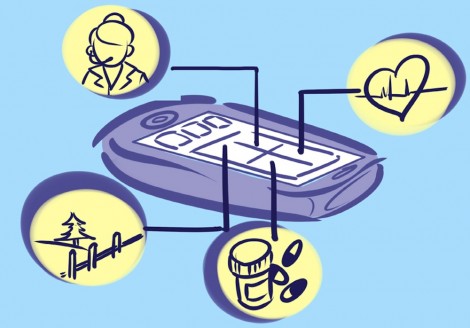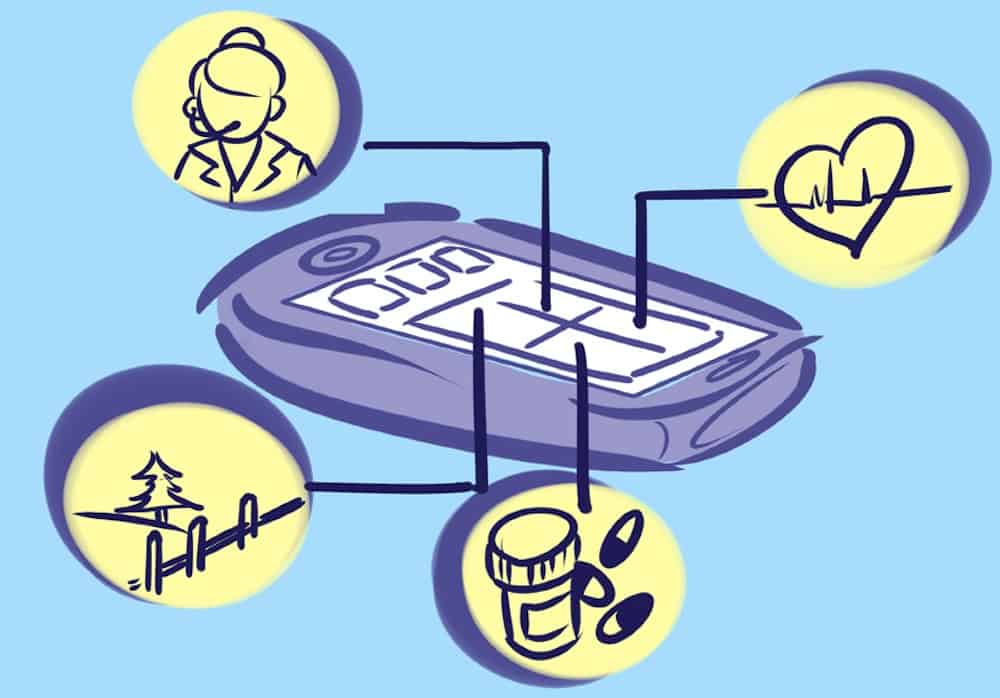For many people in the developed world, healthcare is defined by the ubiquitous scent of disinfectant, the beeping of the cardiac monitors, and other properly sterile equipment. However, in many low- and middle-income countries, such an image is incomplete or nonexistent. In 2004, regions of South-East Asia and Africa contributed to 40 per cent of the world population, yet bore 54 per cent of the global disease burden. For people in these regions, health care is often simply unaffordable.
Many organizations have been actively providing valuable human resources to these regions. However, only so many doctors can be sent, and often their performance is hindered by a lack of proper equipment and sanitation. Increasingly, the medical field is turning to technology to solve these problems.

NANCY JI/THE VARSITY
Some innovative technologies are already in place. For example, the Jaipur foot, a rubber prosthetic for people who lost their leg and foot below the knee, costs only $40 US (2009 prices) to produce and can be made in one hour with a commercially available oven. Unlike the expensive alternatives in developed countries, this prosthetic can be worn without a shoe and on uneven surfaces. It is now used in at least 22 countries. Another widespread technology is oral rehydration therapy, which uses simple ingredients such as salt and water to treat diarrhea. ERanger, a motorbike with a stretcher sidecar, has been widely adopted in rural Africa. It costs significantly less than a car ambulance, and has dramatically reduced maternal mortality in Malawi.
University of Toronto research is transforming the technologies available to the global health care field. Dr. Levente Diosady, professor emeritus in applied chemistry and chemical engineering, received a grant to develop iron-rich tea that would improve dangerous iron deficiencies worldwide. Another recent innovation from the Critical Making Lab, part of U of T’s Faculty of Information, is the creation of 3d-printed sockets for prosthetic limbs for use in Uganda. The University of Toronto also co-sponsors the Centre for Global Health Research.
U of T professor Stephanie Nixon’s project “Adapting a Canadian eModule on HIV-related Disability and Rehabilitation for Health Workers in Sub-Saharan Africa” is one of 150 supported by Grand Challenges Canada, an national organisation funded by the Government of Canada. “For us at Grand Challenges Canada and the innovators we support, innovation is the highway and impact is the destination,” Peter A. Singer, the organaisation’s CEO, said to The Varsity, “It’s a privilege to be able to support amazing Canadian innovators who are making such a difference in the lives of people around the world.” To date, the organisation has dispensed thirty million dollars.
Technology is also used indirectly in health care. It aids communication between patients and doctors, and in education. mHealth utilizes mobile phone and other communication methods to deliver health care. For example, simpill is a medication management system that can track medication compliance and send sms messages to remind its users to take their pills. This is especially useful for tuberculosis patients, as effective tb treatments often require high medication compliance rate. Indeed, in South Africa, such medication tracking systems have resulted in a 94 per cent compliance rate in a drug trial and a 90 per cent cure rate.
In the developed world, mHealth has also contributed to improving and reducing the cost of health care. For example, remote monitoring and video consultations free up expensive and scarce hospital beds, such that a copd (chronic obstructive pulmonary disease) patient can be set up at home with a “copd briefcase” that has video-monitoring capabilities while a doctor can regularly check his status with her video mobile phone.
In Europe, an ageing population has led to skyrocketing cost of health care. MHealth addresses this problem by reducing the need for costly doctor’s visits by sending sms reminders of medication intake to dementia patients, and by helping concerned family members to check on the patient’s location and status.
With files from Emma Hansen, BCG, The Lancet, and WHO.


